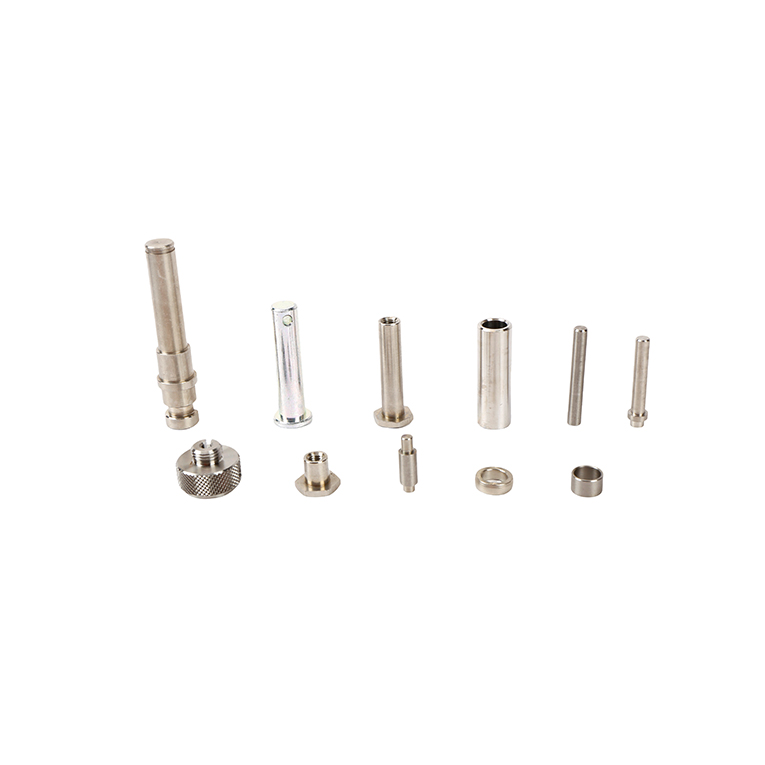
1. What is grinding?
Try to cite several grinding processing forms.
Answer: Grinding is a processing method that removes the excess layer on the surface of the workpiece by means of the cutting action of the abrasive tool to make the surface quality of the workpiece meet the predetermined requirements. Common grinding forms usually include: cylindrical grinding, internal grinding, centerless grinding, thread grinding, grinding of CNC workpiece flat surface, grinding of forming surface, etc.
2. What is a grinding tool?
What is the composition of the grinding wheel? What factors determine its performance?
Answer: All tools used for grinding, lapping and polishing are collectively called abrasive tools, and most abrasive tools are made of abrasives and bonds.
3. What are the forms of grinding movement in cylindrical and surface grinding?
Answer: In cylindrical and surface grinding, the grinding motion includes four forms: main motion, radial feed motion, axial feed motion, and workpiece rotation or linear motion.
4. Briefly describe the grinding process of a single abrasive grain.
Answer: The grinding process of a single abrasive can be roughly divided into three stages: sliding, scratching and cutting.
(1) Slip stage: In the grinding process, the cutting thickness gradually increases from zero. In the friction stage, because the cutting thickness acg is very small when the abrasive cutting edge starts to contact with the workpiece, when the blunt circle radius rn at the abrasive tip Angle is greater than acg, the abrasive only slips on the surface of the workpiece, and only produces elastic deformation without chip generation.
(2)Engraving stage: with the increase of the grinding depth, the pressure between the grinding particles and the workpiece surface gradually increases, and the surface layer also transitions from elastic deformation to plastic deformation. At this time, the extrusion friction is intense and a lot of heat is generated. When the metal is heated to the critical point, the normal thermal stress exceeds the critical yield strength of the material, and the cutting edge begins to cut into the surface of the material. Slippage pushes the surface of the material in front of and to the sides of the grain, causing the grain to carve grooves on the surface of the workpiece, creating ridges on the sides of the grooves. This stage is characterized by plastic flow and uplift on the surface of the material, and the chip cannot be formed because the cutting thickness of the abrasive particles has not reached the critical value of chip formation.

Copyright © 2025 Dongguan Yifeng Metal Co., Ltd. | All Rights Reserved